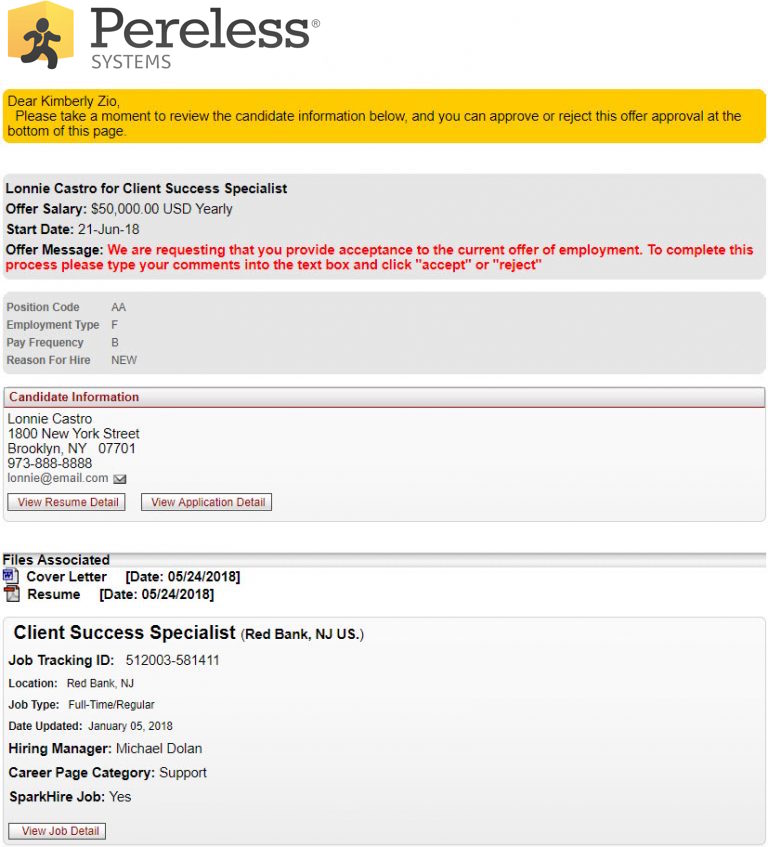Every year millions of college graduating seniors start applying for jobs as they enter into the workforce for the first time. Most applicants have just received a four year degree and have been working hard to build their resumes to differentiate themselves from the rest of the applicants. Something most applicants are lacking is the experience you receive as a college athlete. A college athlete gains experience in their four years that most students do not receive. This experience builds character and prepares students for anything that can be thrown their way. Hiring college athletes is beneficial to many companies and can bring them success in many forms.
Time Management
One of the main benefits that comes along with hiring college athletes is their ability to manage their time. The main job of a college athlete is to balance their sport and school work while maintaining a social life. If an athlete is not able to complete this job, there are often times repercussions. Athletes have minimal time for school work, so when it comes to performing fast and efficiently, they have mastered the skill. Hiring a college athlete means their work will be accomplished on time and with good quality, regardless of the time frame given.
Work well with others
Most college athletes have been a part of a team for their entire life. Athletes are always dealing with different coaches, captains and teammates, so they are used to new leaders and working with different types of personalities. Due to this, they are able to put aside differences and work together with others to achieve a common goal. They are also able to create bonds and connections with new people. In a workplace, this skill would be beneficial to working with a team on projects for the company, adjusting to new leadership when changes are made or blending in with the overall vibe in the company.
Adapt to Change
A student athlete is always adapting and overcoming some form of obstacle. Between adjusting school schedules for games and weather issues, or adding new plays and learning new drills, there is always something new. They are used to having to change between different teams, coaches, and teammates, making them able to overcome anything thrown their way. This skill is useful in a company because they are able to utilize different skills, but can adapt quickly when new ideas or systems are put in place.
Communication Skills
Communication skills are very important in any part of life, especially in the workplace. Student athletes have been developing communication skills for as long as they have played the sport. As part of a team, athletes must communicate with their teammates and their coaches in order for things to run smoothly. Student athletes also had to learn to communicate with coaches when going through the recruiting process. In a company, employees have to communicate with other colleagues, clients, and bosses everyday. Student athletes are used to communicating, and will not have a problem when things need to be addressed in the workplace.
Student athletes are well rounded and have developed skills in their four years at school that make them beneficial in the workforce. These driven, young minds can bring new ideas to the company as well as skills that normal post-graduate students have yet to develop. Hiring a college athlete brings many benefits to a company and is helpful to their success in the long run.
Madelyn McMahon
















